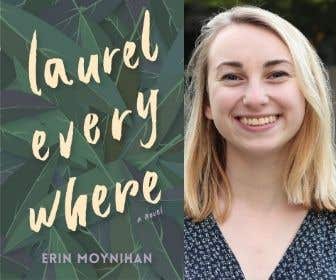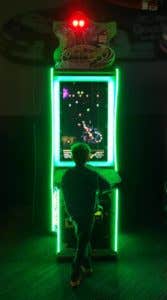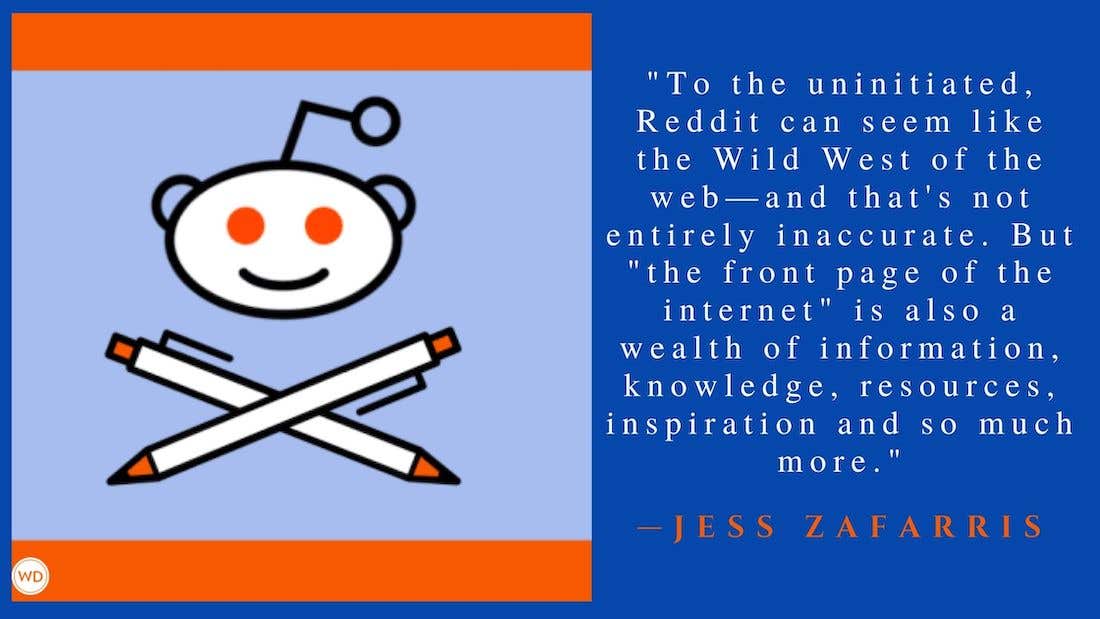Don’t Be Such a Baby
Writing for children isn’t for sissies. This genre demands your best work. Answer our columnists’ questions and find out if you’re up to the challenge.
It never fails. When we visit schools, speak at conferences or teach workshops, somebody always asks the one question guaranteed to make us squirm.
"Did you like to write as kids?"
We want to explain that teachers were amazed at the skill with which we strung words together and developed complex plots and themes. We would like to talk about how our writing was used as a model for other students to emulate. We want to describe the way we filled journal after journal and how we were star reporters on our high schools' newspapers. We wish we could brag that we sold our first book at the tender age of 14. We really wish we could say all those things. But if we did, we would be lying through our teeth.
We did not write in journals or amaze our teachers. We were never reporters for our high schools' newspapers. Our writing experiences were limited to diagramming sentences, writing each spelling word five times and completing term papers assigned by our teachers and we weren't very good at those. That's because we didn't have teachers who encouraged us to grow as writers. We didn't know writers could be normal people like us.
So how did we end up writing more than 70 books for young readers?
Writing for children was a conscious decision we made long after we graduated from college with elementary teaching degrees. We ended up at the same school in Lexington, Ky. One afternoon found us exercising in the school's weight room. We talked about all the great kids' books we read, comparing favorite authors like Beverly Cleary, Lois Lowry and Eve Bunting.
"Wouldn't it be cool if we could write a book like that?" Marcia asked. "To see our names on the cover of a book that kids all over the country would read and love?"
Debbie agreed. "Let's try writing a book together. It'd be easy!"
Easy? Well, of course it wasn't. We had a lot to learn.
We started the very next day, and we wrote like crazy for a year and a half. We wrote during our 20-minute teachers' lunch breaks, after school and in the evenings. We did extensive research, subscribed to Writer's Digest and formed Writer's Ink, a writing critique group. All we earned was rejection after rejection, but we didn't give up.
We took classes, attended conferences, analyzed children's books and wrote even more. Still, we were only able to collect enough rejection letters to wallpaper the walls in our classrooms.
An inspiring day from hell
Then, one day we each had a teaching day from hell. The kids did everything but behave. During our lunch break, Marcia said in exasperation, "These kids are driving me crazy! I'd have to turn into some kind of monster; grow horns, claws and fangs; and shoot up 15 feet tall just to get the kids to pay attention."
Debbie laughed. "I like that idea," she said. "What if a teacher could grow ten feet taller, sprout horns and blow smoke out her nose?"
That day we started writing what became Vampires Don't Wear Polka Dots, the first book in our bestselling series The Adventures of the Bailey School Kids.
Our series didn't happen as easily as that first book. We kept sending story after story to Scholastic. "We're not interested in a series," we were told.
Again, we didn't give up. We decided that if we revised the stories and made them good enough, Scholastic would buy them. We weren't wrong. Scholastic did buy more stories, but they weren't published as a series. Scholastic called them companion books. Finally, after publishing six books and asking us to write at least four more, Scholastic admitted we had a series. We've since sold 75 books between the two of us.
When we first started writing, we hoped to learn the magic trick to getting published, but we learned there isn't one. Finding success in the children's market is like any other genre: It takes persistence, patience, plenty of revising and a true appreciation of children's literature.
Is writing for kids for you?
"Now that you've figured out how to write for kids, when are you going to start writing for adults?"
No matter how many times we hear it, we're always shocked. We don't believe you should try to fit ideas into a box. Instead, write the kinds of stories, articles and poetry that you like to read.
The good news about writing for kids is that opportunities are limitless. For every idea there is a potential market, including short stories, chapter books, articles, picture books and poetry. Topics can be serious, funny, factual or pure fantasy, and the intended audience of children's books ranges from toddler to young adult. There's a market for just about any topic, writing style and genre.
The opportunities are there, but don't fall victim to the misconception that writing for kids is a stepping stone to getting published in adult fiction because the writing is shorter and simpler. Metaphor, voice, rhythm: They're all present in children's literature. Dialogue, character development, theme: They're there, too. In fact, it's just as difficult to write well for children as it is to write well for adults. Maybe it's even harder because your writing must be tight; every word counts. Is writing for kids really for you? If you're not sure, try answering the following questions.
- Do you enjoy browsing the library shelves in the kids' department?
- Do you find yourself flipping through picture books when you visit bookstores?
- Do you still like to read kids' books?
- Are your childhood experiences and emotions vivid memories?
- When you list the most memorable books you've ever read, do children's books populate your lists?
If you're like us and you answered yes to all these questions, then writing for kids may be for you! If your dream is to someday see your name on the cover of a book or article that kids will read and love, then you are in the right place. Like in any genre, writing for children is a challenge. But the bottom line is that if we can do it, so can you! There are things to know that make writing for children less difficult. That's what this column is about. We'll be here every other month to share a bit of what we've learned about writing for children. We hope you'll join us!
Debbie Dadey and Marcia T. Jones are the authors of Story Sparkers: A creativity guide for children's writers. Dadey writes full time; Jones teaches in Lexington, Ky.









